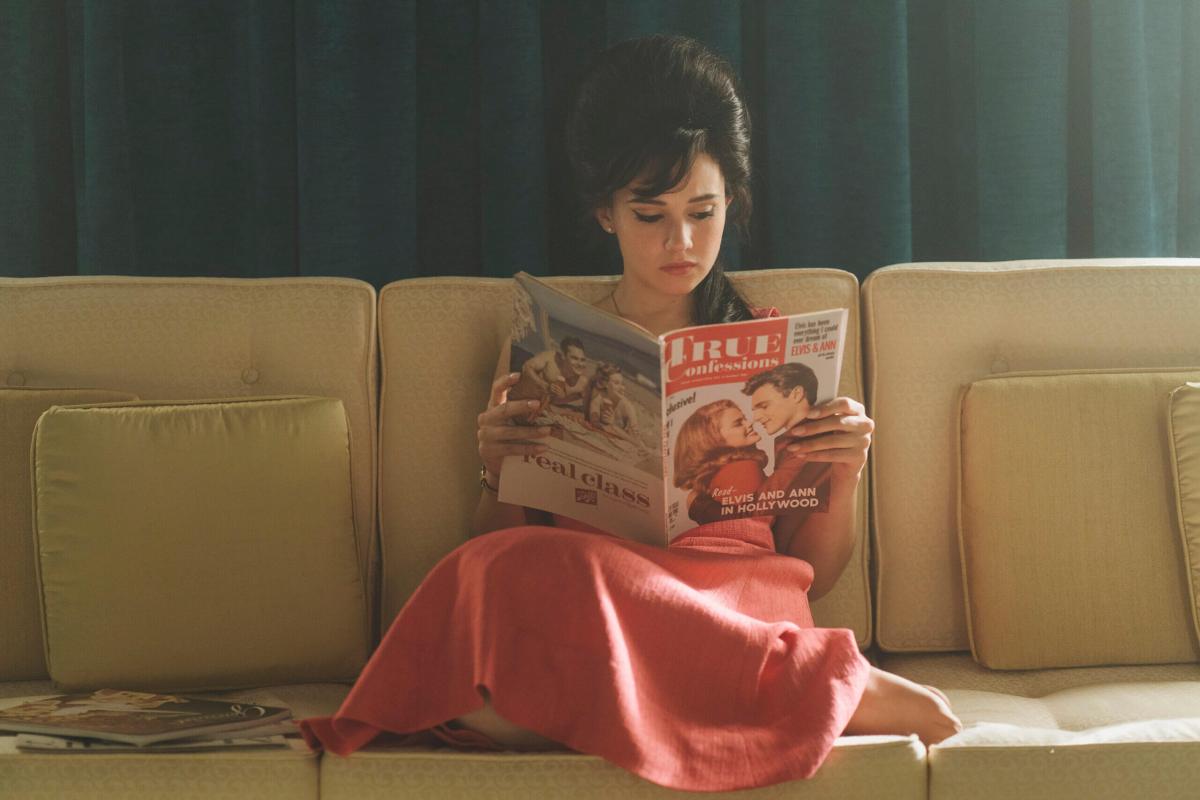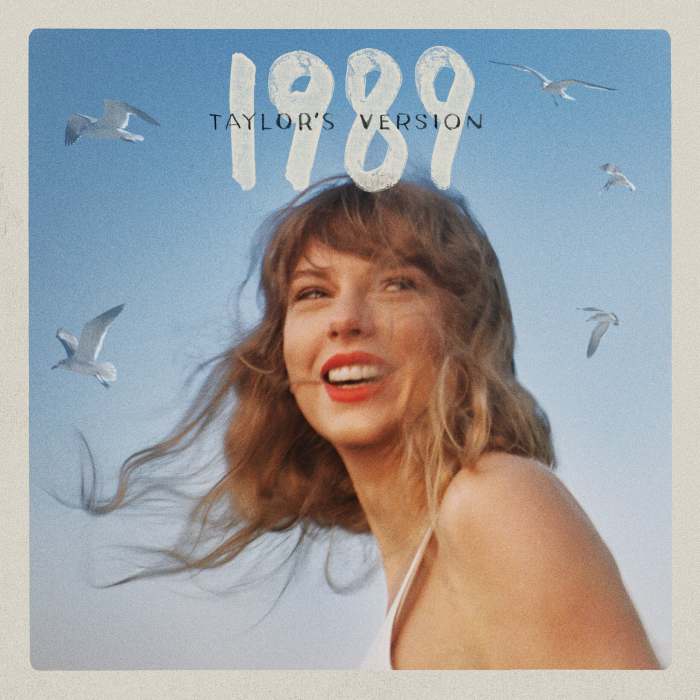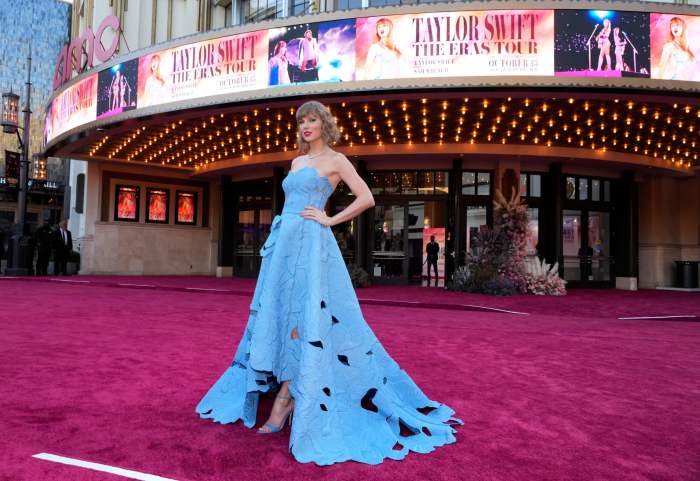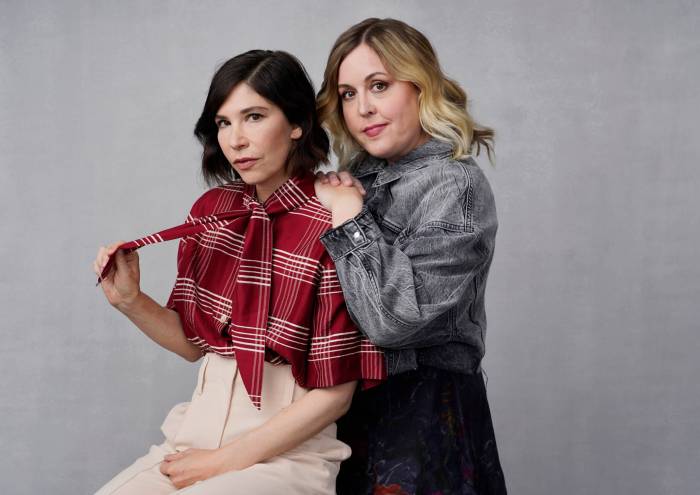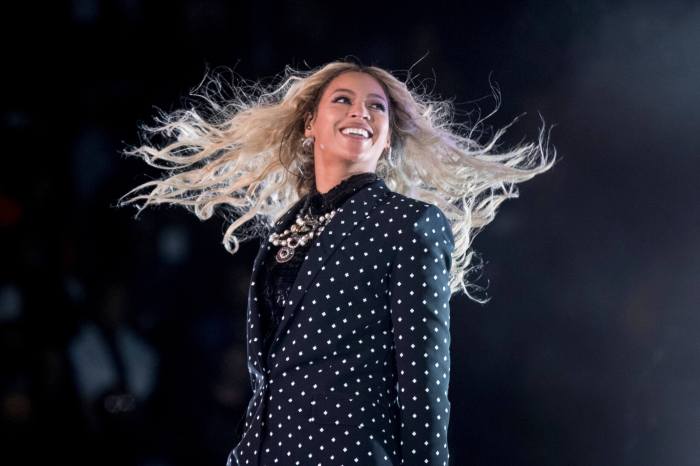In her 25 years of making films, Sofia Coppola has always found the poetry behind the headlines, the banality in the glamour, the soul in the superficial. Her dreamy, lyrical portraits of girl culture and gilded cages have brought her to 18th century Versailles, 1970s suburban Michigan, the 1860s South, noughties Calabasas and modern-day Tokyo, West Hollywood and Manhattan.
In Priscilla Presley’s 1985 memoir “Elvis and Me,” Coppola saw something that was glamourous and wild, something that would provide an opportunity for beautiful filmmaking in a setting she had yet to explore — the world of 1960s American rock royalty. But even she was a little surprised to find in this wholly unrelatable tale something, well, relatable: A young woman, isolated, figuring out who she is, in the shadow of a powerful man.
“Priscilla,” now playing in New York and Los Angeles and expanding nationwide Friday, emerged from a disappointment: Coppola’s ambitious adaptation of Edith Wharton’s “Custom of the Country” had fallen apart, and a friend encouraged her to dive into something else.
“(Priscilla) wasn’t looking to make a movie out of the story,” Coppola told The Associated Press in a recent interview. “But she said that because she liked my movies, she would let me do it.”
Making a film about — and for — someone who is going to see it was a unique challenge. She wanted to do justice to her subject, while maintaining her creative expression. But the tension worked: “Priscilla” has landed Coppola some of her best reviews since “Lost in Translation,” and already won her star, Cailee Spaeny, the best actress award from the Venice Film Festival.
“Priscilla” is a kind of culmination of all her previous experiences, both thematically and practically. Coppola learned some time ago that to have the true creative freedom she craved, she’d have to get creative in other ways, mostly with budgets and timelines. For “Priscilla,” she had only 30 days to shoot a story that takes her heroine from Germany to Graceland, with detours in Las Vegas, Los Angeles and Palm Springs, and covers over a decade of an opulent and well-documented life, with many, many costumes.
“It’s such a grand moment,” Coppola said. “Our budget was pretty small for what we were trying to pull off.”
Mostly, Coppola wanted it all to feel “big enough for her story.”
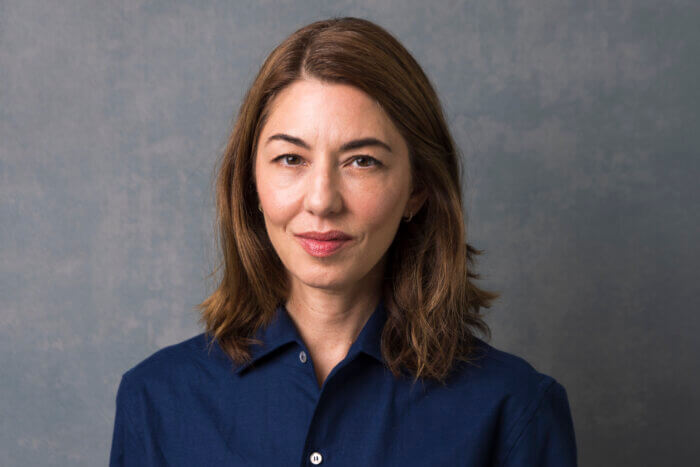
This would involve a lot of “creative solutions” with her trusted filmmaking team, including cinematographer Philippe Le Sourd, production designer Tamara Deverell and costume designer Stacey Battat. They shot digitally instead of on film. To save some money on costumes without compromising quality, they enlisted the help of high-profile fashion houses: Chanel made the wedding dress while Valentino handled Elvis’s knitwear and suits. They borrowed some walls from a just-wrapped Netflix show on a neighboring stage that Deverell then repurposed for a Vegas suite. They used platforms to cheat the height difference between Spaeny, who is 5’1”, and Jacob Elordi, who is 6’5”, and get them in frame together. They shot out of order: On some days, Spaeny was teenage Priscilla in the morning and adult, pregnant Priscilla after lunch.
And after many years of filming on location — among them Versailles, the Park Hyatt Tokyo, Bemelmans and the Chateau Marmont — for “Priscilla,” Coppola had to build sets and “find Graceland in Toronto.” The Graceland living room was even built to scale, though the ceiling was made taller for their Elvis.
“They were really building everything there and it was really fun to be working on a stage, almost like an old Hollywood studio, where the costume department was next to the props and the art department was building the Graceland gates,” she said. “It’s sort of that movie magic.”
The Graceland set became a special place, too. One night, Coppola and her kids snuck into it and had a birthday cake in the dining room for her daughter’s 16th birthday. When the production wrapped, the crew had champagne in the living room.
“There was something about making this movie where I just felt so in my element,” she said. “It was hard work but I really had so much fun.”
She, Le Sourd and her actors also spent a lot of time in Elvis’ bedroom, filming in the only place the characters ever really got to be alone. In the book, Presley writes that they would sometimes dabble in costumed role-play and document it with Polaroids. Though there are endless photographs and video footage of Elvis and Priscilla, those photographs have disappeared, Coppola said.
“I felt so lucky that I was able to ask her questions throughout the process. But with that scene, I had to ask her, like, ‘What kind of costumes?’” Coppola said with a smile. “You’re trying to get inside, but not pry and still be polite. She kind of hesitated and was like, ‘Well, you know, like secretary.’”
Presley’s book, nearly 40 years old at this point, reveals things about Elvis that are, at best, unflattering. Everyone knows they met when she was 14 and he was 24. But his controlling and sometimes volatile behavior, dictating exactly what she looked like, what she was allowed to do and whom she was allowed to spend time with, might still come as a surprise to some. Before the film’s premiere in Venice, Coppola said she wasn’t making “Priscilla” for Elvis fans.
“I didn’t mean it to be brazen,” she said. “I was just getting pressured to cut out anything negative about him and I was being firm. I was really clear that I wanted to tell her story and that was my priority.”
“I really didn’t want to make him a villain,” she continued. “I know she has so much love for him. And so much of the dark side of him comes from vulnerability and frustrations and to sort of show him as a human was important to me.”
The Elvis Presley estate did not participate in “Priscilla” and did not let Coppola use any of his music — though that just opened possibilities. She worked again with Phoenix, her husband Thomas Mars’ band, used the Phil Spector-produced Ramones song “Baby I Love You” and, in a big coup, got Dolly Parton’s permission to use “I Will Always Love You” for a pivotal moment.
The story also made Coppola think about her own mother, Eleanor Coppola, who was born nine years before Priscilla, and similarly struggled to find an outlet for her creative expression.
“She was expected to be totally content, happy to have a big house and a successful husband, and that should be enough for a woman to be fulfilled,” said Coppola, who dedicated the film to her mother.
Though Coppola’s films may sometimes release quietly, her fans are passionate. Hers are the films they’ll watch over and over in their rooms — rites of passage, as important as any Joan Didion essay or Sylvia Plath poem, that have transcended generations. Spaeny is one of them.
“I came across ‘The Virgin Suicides’ when I was around 14 or 15 years old, and it was the first time I ever asked myself who was behind the camera,” Spaeny said. “She just sort of cracked things open for me on a personal level, seeing young women depicted that were complex and had dark sides and longings and wants and needs.”
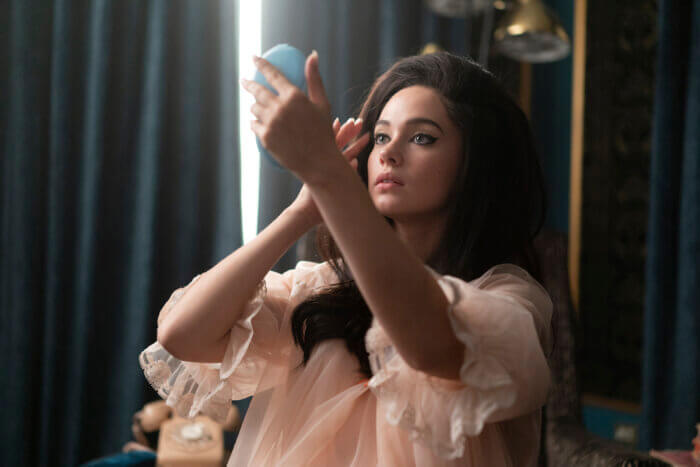
Coppola has known this anecdotally for a while. But she’s been able to observe the phenomenon on a mass scale with the recent release of her book “Sofia Coppola Archive: 1999-2023.” And even if this hasn’t made getting her films greenlit any easier, she’s just more confident now than the person who thought about quitting after “Marie Antoinette.”
“I feel so grateful that I get to make exactly what I want to make without any compromises,” she said. “With my book coming out and people responding to my work, I feel so lucky to be appreciated. Some people aren’t appreciated in their lifetime and when I was starting out, it took a while.”
But, throughout, she’s always found some people who’ve connected with her work, even if it was barely released or underappreciated in the moment. And she’s loved hearing from young girls who are just discovering her films now.
“It’s been really sweet,” she said, “To know that my work still resonates. Because I made it for them a long time ago.”



